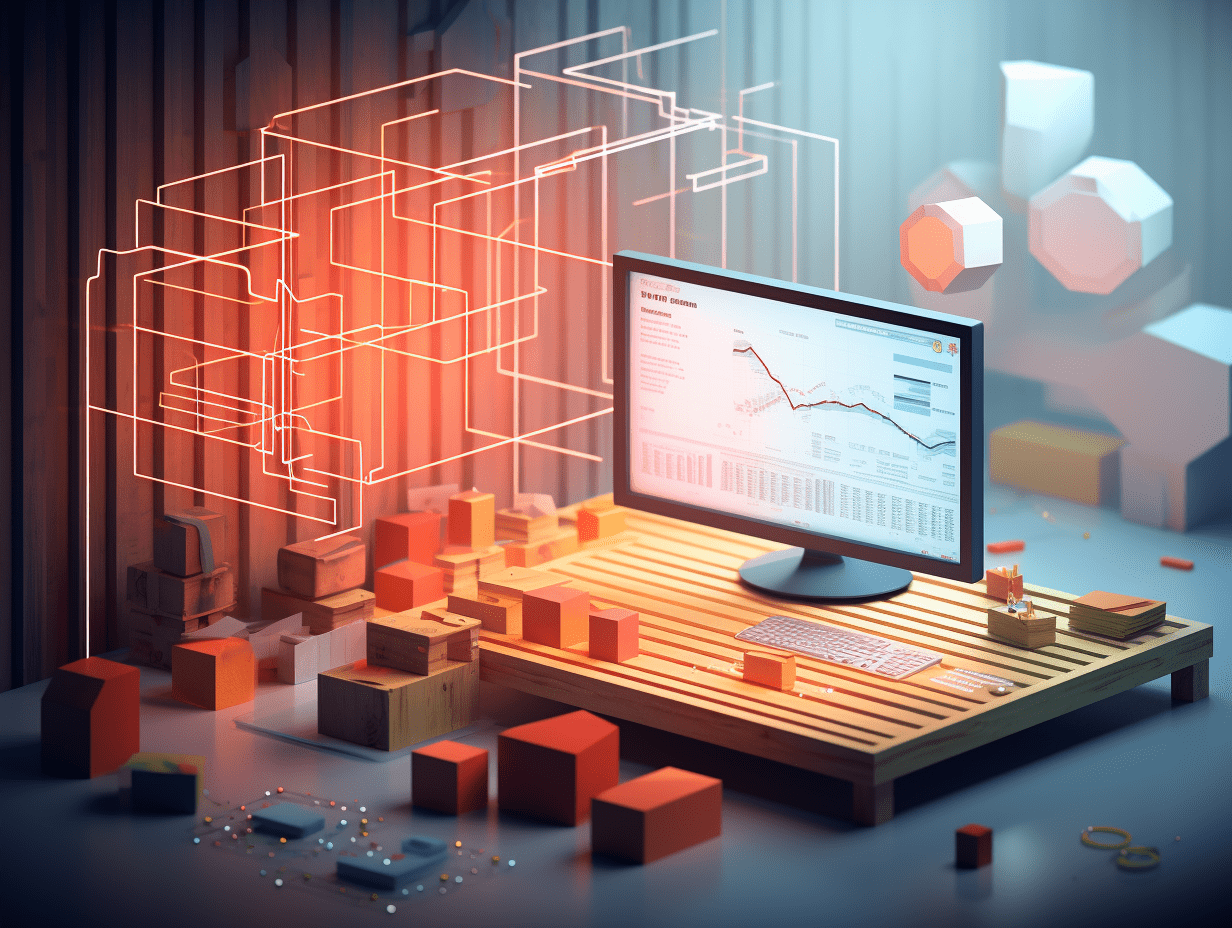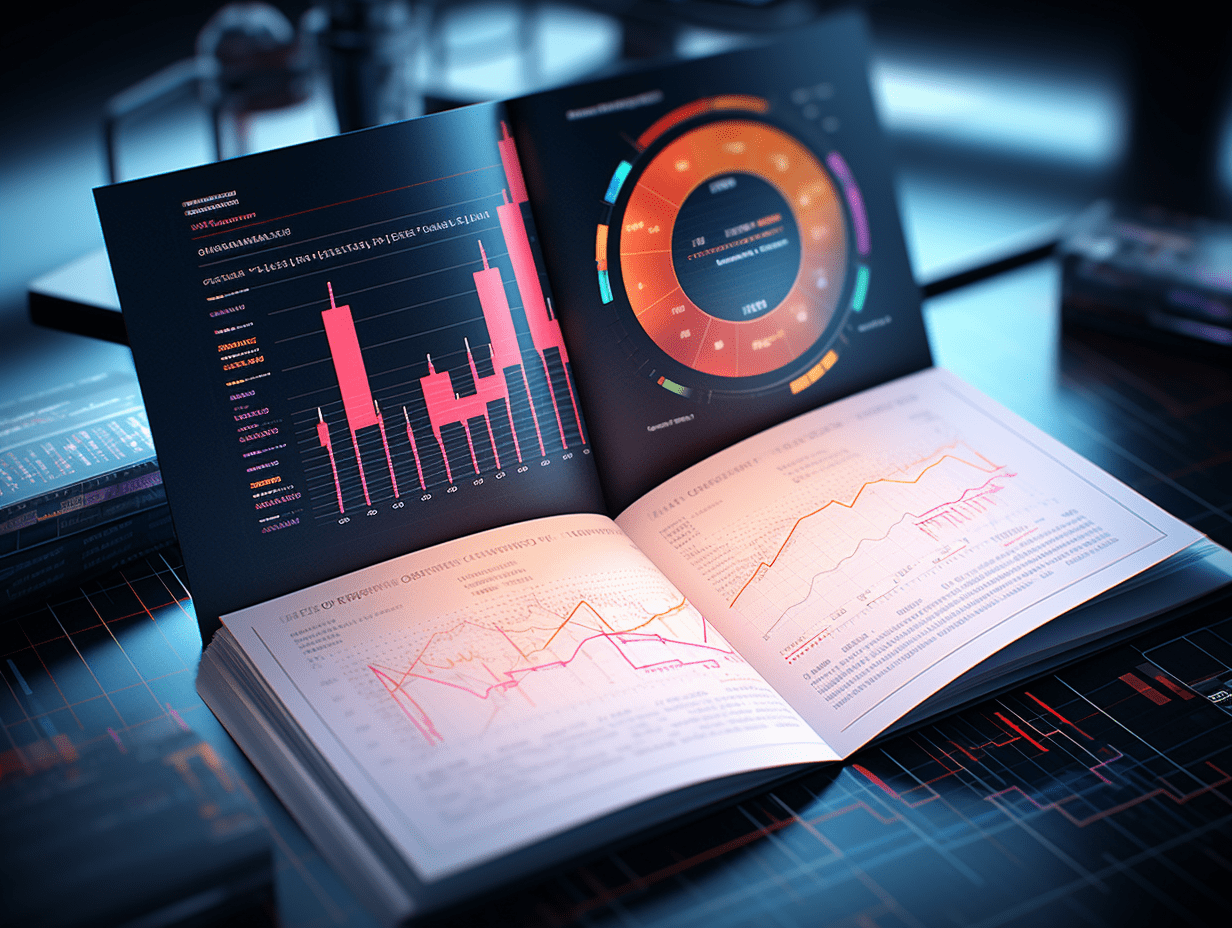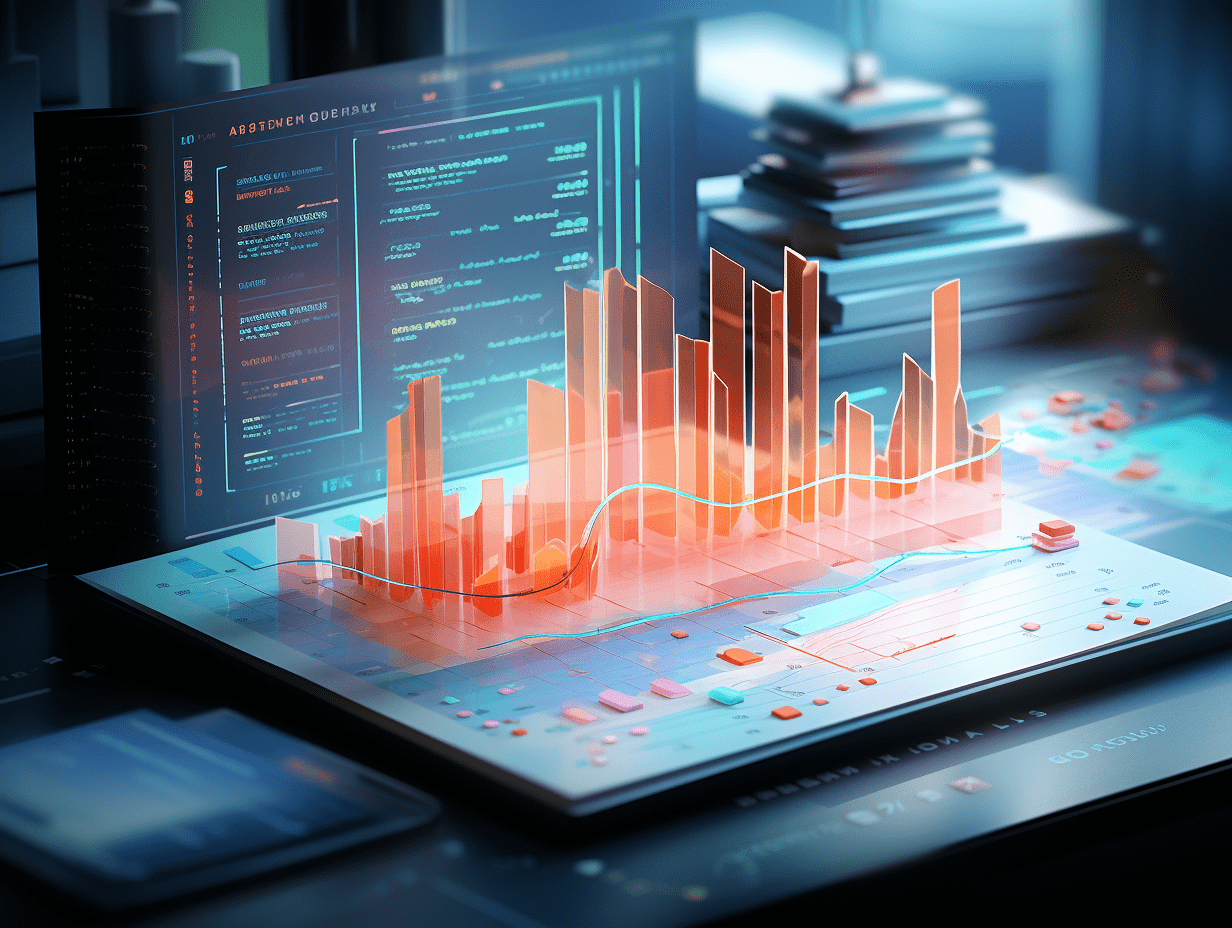Sinolink: Sensors are the core components of the perceptual layer of humanoid robots from Siasun Robot&Automation. We have high expectations for the development of vision, force sensing, and tactile sensing in these robots.
With the gradual implementation of the humanoid robot industry, the demand for sensors is expected to increase, leading to potential benefits for related industry chains.
Sinolink released a research report stating that sensors are the bridge between Siasun Robot&Automation and external perception, and they are optimistic about visual, tactile, and force sensing directions. The intelligent enhancement of Siasun Robot&Automation lies in the improvement of its perception capabilities, and sensors are the core components of the perception level. It is expected that with the gradual implementation of humanoid Siasun Robot&Automation industries, the demand for sensors will increase, benefiting related industries in the supply chain.
Sinolink's main points are as follows:
Sensors are the bridge between Siasun Robot&Automation and external perception, and they are optimistic about visual, tactile, and force sensing.
The intelligent enhancement of Siasun Robot&Automation lies in the improvement of its perception capabilities, and sensors are the core components of the perception level. The main perception dimensions of humanoid Siasun Robot&Automation come from force sensing, inertial sensing, tactile sensing, visual sensing, and speed/location sensing. Combined with product barriers, industry landscape, and industry advancement analysis, visual, tactile, and force sensing are three sub-directions worth paying attention to in the future of humanoid Siasun Robot&Automation sensors.
Visual - The "eyes" of the machine, both hardware and software are barriers, and there is differentiated competition among domestic manufacturers in the visual field.
3D vision sensors have multiple advantages such as high accuracy, large amount of information, and high integration, making them suitable for complex and precise recognition, and more likely to become the mainstream solution for future humanoid Siasun Robot&Automation.
1) Industry development is still in its early stages: Currently, mainstream Siasun Robot&Automation manufacturers have different visual solutions, and are still in the early stages, such as Boston Dynamics Atlas, Tesla Optimus, Xiaomi CyberOne, and UBTECH ROBOTICS Walkers X, which have chosen four different solutions including TOF depth cameras, multiple cameras, depth vision modules, and multiple visual sensors, and industry solutions have not yet formed a unified standard.
2) Barriers: 3D vision sensors have high requirements for both software and hardware. The core indicators of 3D vision sensors are depth resolution, accuracy, etc., and achieving high-performance 3D vision sensors requires high requirements for chip design, software algorithm development, and hardware.
3) Landscape: Leading overseas companies such as Apple and Microsoft are technologically advanced and have strong algorithm advantages in the field of 3D vision sensors; some domestic manufacturers have achieved differentiated competition through conquering chips, key components, etc., and in some technical indicators (such as resolution, accuracy, power consumption, etc.) have surpassed leading overseas companies, and are likely to enter the industry chain of humanoid Siasun Robot&Automation in the future.
Force Sensing - High barriers, high value, the core of flexible operations for Siasun Robot&Automation
It is expected that six-axis force-torque sensors will be needed at the wrists and ankles of humanoid Siasun Robot&Automation, and other joints are expected to use joint torque sensors.
1) Industry progress: Looking at the technical route of Tesla's AI Day, the terminal actuators require higher precision, and it is expected to use six-axis force-torque sensors; other joints have relatively simple perception, and a single-axis force-torque sensor is expected to meet the requirements;
2) High barriers: The more dimensions of force-torque sensors, the higher the production barriers, with the barriers of six-axis force-torque sensors lying in the quality of the core material strain gauges, production processes, testing equipment, etc.;
3) High value: Due to the high labor and material costs of six-axis force-torque sensors, the value per product is high, according to the ATI website, the price of the company's six-axis force-torque sensors is between $4,000 and $8,000;
4) Landscape: Overseas manufacturers have excellent performance and strong first-mover advantages. The leading overseas company in six-axis force-torque sensors is ATI, which is technologically advanced, while most domestic manufacturers have not yet achieved significant revenue, and some domestic manufacturers have made smooth progress in the multi-dimensional force-torque sensor field, with potential to enter the industry chain of humanoid Siasun Robot&Automation in the future.
Tactile Sensing - The "skin" of the machine, enabling fine interaction
Electronic skin is the key technology for achieving fine interaction in tactile sensing in humanoid Siasun Robot&Automation, and the solution combining visual and tactile indicators is superior and likely to become the mainstream solution in the future.
1) Industry progress: In December 23, Tesla's Optimus Gen2 achieved the action of grabbing an egg, and the domestic manufacturer Palisini's new generation of dexterous hands has nearly a thousand tactile sensors, greatly improving operational precision; From a technological standpoint, Palisini's tactile solution combined with visual indicators is superior and lower in cost, and is likely to become the mainstream solution for tactile sensing in the future.
2) Barriers: The barriers of electronic skin mainly lie in materials and algorithms; electronic skin manufacturing requires sensitive materials, which are difficult to produce and have high production costs; from a software perspective, algorithms are crucial to the accuracy of sensor results, with the software and hardware being equally important.
3) Landscape: Currently, industry-leading manufacturers are mainly foreign brands, with some domestic manufacturers being relatively technologically advanced.
Investment recommendations
Optimistic about the gradual implementation of humanoid Siasun Robot&Automation industries leading to an increase in sensor demand, benefiting related industries in the supply chain.
Risks: Commercial implementation of humanoid Siasun Robot&Automation falls short of expectations, and changes occur in Siasun Robot&Automation sensor technology routes.
Related Articles

The world's first batch! Multiple products under Wondershare Technology Group (300624.SZ) are the first to connect to the Google Nano Banana Pro model overseas.

The beef business is facing huge losses. Tyson Foods, Inc. Class A (TSN.US) has closed its largest beef processing plant.

IPO Preview | Targeting a flagship product for 340 million balding people, selling 50 million bottles in 7 years, can the growth narrative of Mandy International make the Hong Kong stock market "buy in"?
The world's first batch! Multiple products under Wondershare Technology Group (300624.SZ) are the first to connect to the Google Nano Banana Pro model overseas.

The beef business is facing huge losses. Tyson Foods, Inc. Class A (TSN.US) has closed its largest beef processing plant.

IPO Preview | Targeting a flagship product for 340 million balding people, selling 50 million bottles in 7 years, can the growth narrative of Mandy International make the Hong Kong stock market "buy in"?






